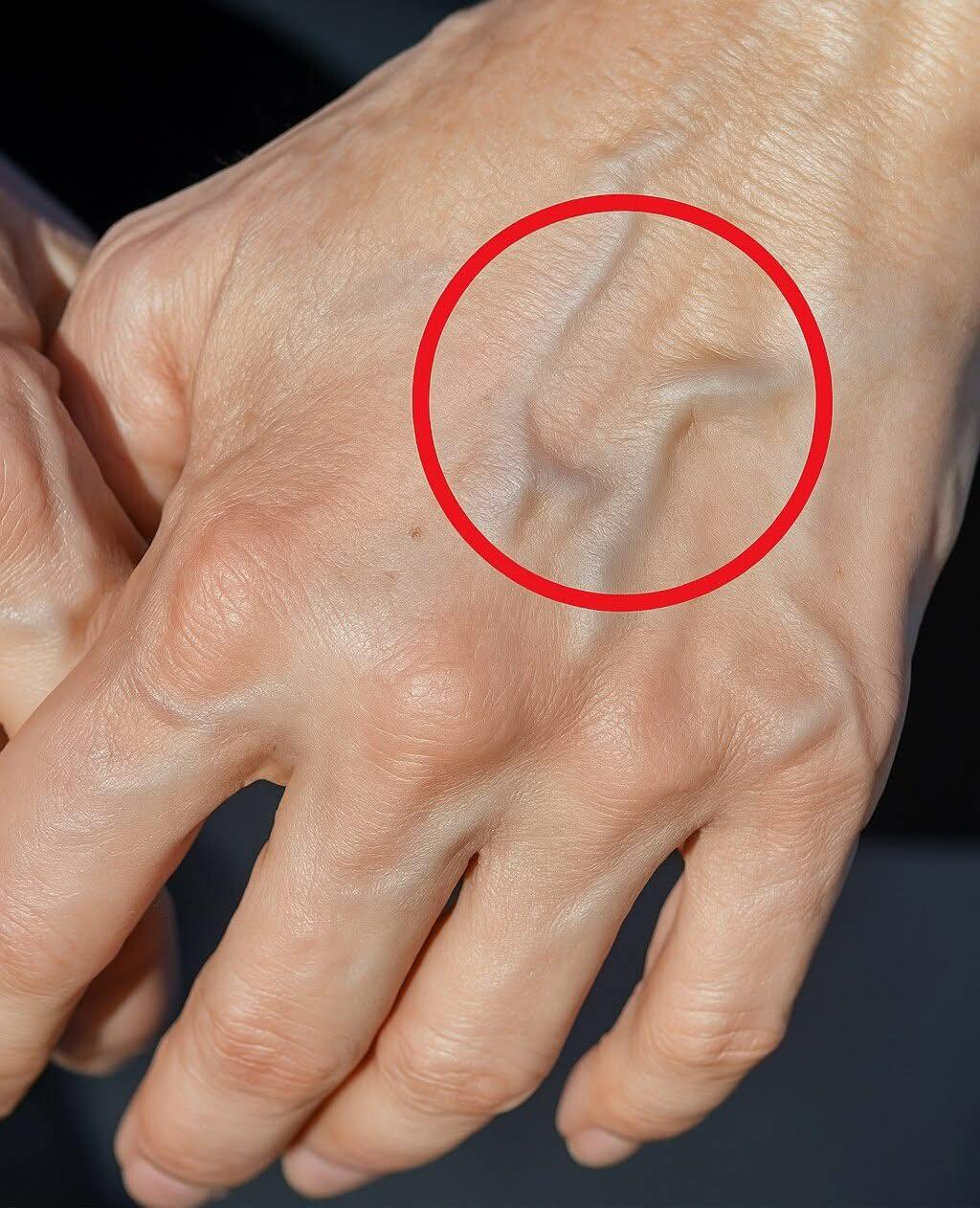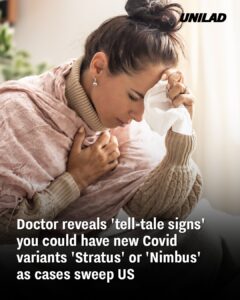Most people notice their veins becoming more visible at some point in life. Sometimes it’s on the hands, sometimes the legs, and other times across the chest after exercise. Most of the time, these changes are harmless — but occasionally, new veins can be a red flag.
This guide explains when visible veins are normal, when they may signal a medical problem, and what you can do to keep your circulation healthy.
Why Do New Veins Appear?
Your veins can become more noticeable for many everyday reasons:
-
Aging – As skin thins and loses elasticity, underlying veins naturally show through more.
-
Weight loss – With less fat under the skin, veins look more prominent.
-
Exercise or muscle gain – Stronger muscles push veins closer to the surface, and increased blood flow makes them pop.
-
Heat or sun exposure – Warm weather temporarily dilates blood vessels.
-
Hormonal shifts – Pregnancy, menopause, or even birth control can affect circulation and vein visibility.
✅ In these cases, visible veins are usually not dangerous — just part of life.
When New Veins Could Signal a Problem
While many vein changes are harmless, certain warning signs mean it’s time to see a healthcare professional.
1. Varicose Veins With Symptoms
If you notice new, bulging veins — especially in the legs — it could be varicose veins. These occur when vein valves weaken, allowing blood to pool.
Seek medical advice if you notice:
-
Aching, heaviness, or throbbing in the legs
-
Swelling in ankles or calves
-
Itching, discoloration, or ulcers near the veins
-
Nighttime leg cramps
Left untreated, varicose veins can lead to skin damage, ulcers, or blood clots.
2. Sudden, One-Sided Swelling + Veins
If one leg suddenly swells, turns red, feels warm, and veins look more prominent, this could be a sign of Deep Vein Thrombosis (DVT) — a dangerous blood clot.
🚨 Emergency warning signs:
-
Swelling in one leg
-
Redness or warmth over a vein
-
Shortness of breath or chest pain (possible clot in the lungs)
This is a medical emergency. Call your doctor or emergency services right away.
3. Hard, Tender, or Rope-Like Veins
If a vein feels hard or painful to the touch, it may be superficial thrombophlebitis, an inflammation of a surface vein. While often less serious, it still needs medical evaluation to rule out deeper clotting.
4. Veins After Injury or Surgery
Trauma, long flights, or bed rest after surgery can increase clot risk. Always monitor for swelling, redness, or pain, and talk to your doctor if new veins appear after immobility.
5. Rapidly Spreading Spider Veins
Small, web-like red or blue veins are usually cosmetic. But if they spread quickly, cover large areas, or appear with pelvic pain in women, it could indicate pelvic venous insufficiency.
Sometimes, sudden spider veins are also linked to hormonal imbalances or even liver conditions — so evaluation is wise.
How to Support Healthy Veins
Simple lifestyle choices can keep your circulation strong and reduce your risk of problems:
-
🚶 Stay active – Walking boosts blood flow.
-
🪑 Avoid sitting or standing too long – Move around every hour.
-
🛏️ Elevate your legs – Reduces pressure in the veins.
-
🧦 Use compression stockings – If recommended by a doctor.
-
🥗 Maintain a healthy weight – Prevents strain on your veins.
-
💧 Stay hydrated – Keeps blood flowing smoothly.
Myths About Veins — Debunked
❌ “Only older people get vein problems.”
False. Young adults with family history can develop them too.
❌ “Crossing your legs causes varicose veins.”
No clear evidence — but poor posture can affect circulation.
❌ “All visible veins are varicose.”
Not true. Many are superficial and harmless.
❌ “Ignore veins unless they hurt.”
Dangerous myth. Early evaluation can prevent complications.
Final Thoughts
Seeing new veins doesn’t always mean something is wrong. In most cases, it’s just your body adapting to age, fitness, or temperature. But if veins appear suddenly, become painful, or are accompanied by swelling, redness, or discomfort, don’t ignore the signs.
👉 Think of it like insurance for your health: checking early protects you from bigger risks later. If you’re ever unsure, talk to a doctor, a vein specialist, or even a medical attorney if complications arise after treatment.
Because true wellness isn’t about fear — it’s about awareness, recovery, and care.
And when you listen to your body, your health flows stronger — one healthy vein at a time. 💙


